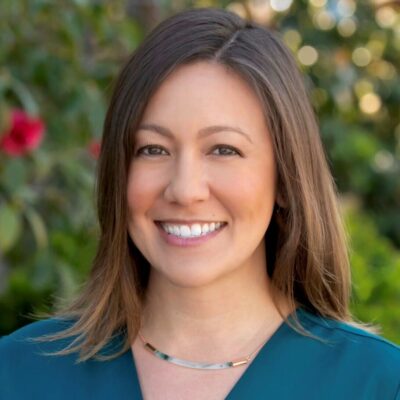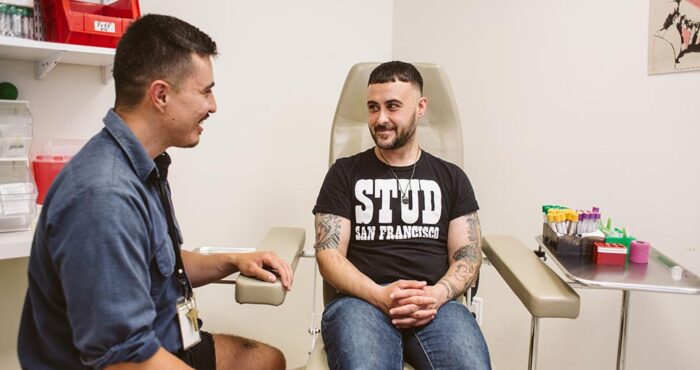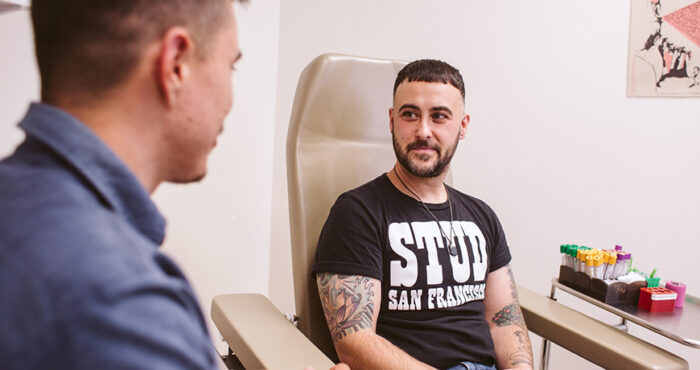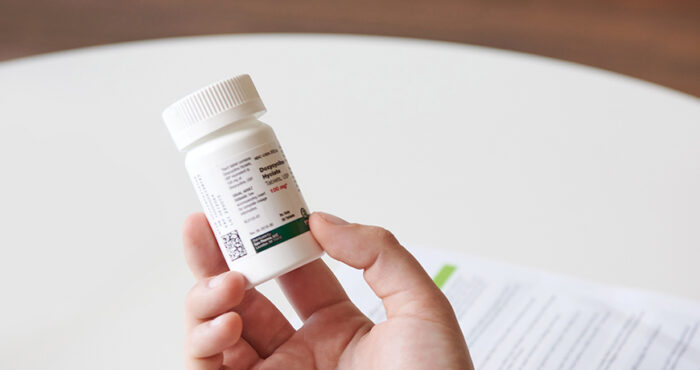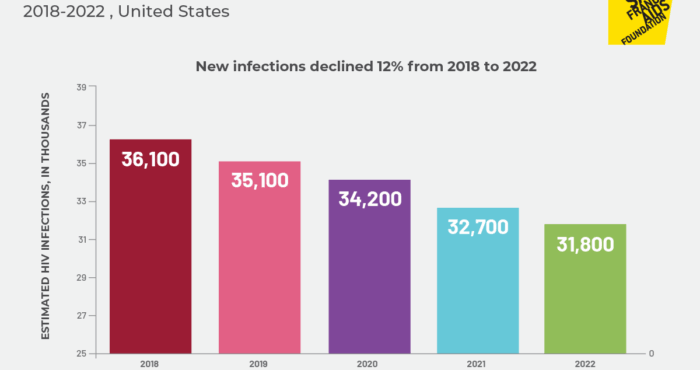First-of-its-kind combo HIV cure study to begin at UCSF
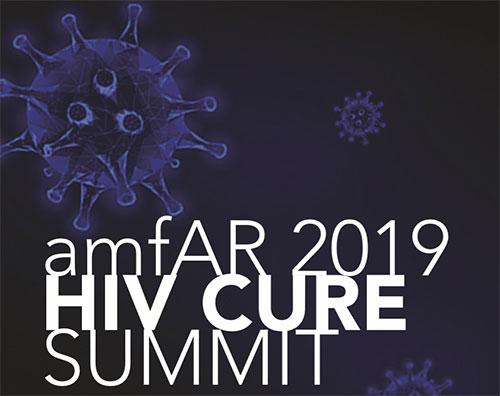
A new cure strategy designed to harness the power of the immune system to achieve HIV remission in people living with HIV will begin at the University of California, San Francisco in 2020. The study was described and announced at the amfAR 2019 HIV Cure Summit held on November 21, 2019.
“This is kind of an unprecedented human clinical trial, putting together a lot of things that we think will optimally stimulate the immune system,” said Rachel Rutishauser, MD, PhD, from UCSF and Zuckerberg San Francisco General Hospital. “The main clinical outcome will be to understand the proportion of people who are getting the vaccine in the combination trial who achieve post-treatment control [of HIV].”
This small pilot study will enroll 20 people living with HIV who have been on stable, continuous antiretroviral therapy for 12 or more months.
To measure the safety of the cure strategy, the study will assess adverse events that may include lab toxicities or clinical symptoms. To measure efficacy, the study will measure the proportion of study participants who do not experience viral rebound (i.e., who have suppressed viral loads without HIV medication) 24 weeks after the treatment is administered.
The treatment involves a combination of therapies meant to boost the immune system’s CD8 T-cell response to identify and kill off latently HIV-infected cells and reduce the size of the HIV reservoir.
“The advantage of CD8 T-cells is they can recognize infected cells specifically, and they can actually kill them,” said Rutishauser.
During stages 1 – 3 of the study (lasting 24 weeks), participants will receive a “prime-boost” DNA plasmid vaccine to elicit an initial CD8 T-cell response along with a boosting agent. (This is the same vaccine being tested in a prevention vaccine study by the HIV Vaccine Trials Network.)
In stage 4 of the study, participants will receive two immunomodulatory agents: a toll-like receptor-9 (TLR9) agonist and broadly neutralizing antibodies (bNAbs). The TLR9 agonists are expected to broadly activate the immune system—by getting the virus to come out of latently-infected cells and “present” itself to the immune system, boost the response of CD8 T-cells, and also increase the effectiveness of natural killer (NK) T-cells which kill off HIV-infected cells. Broadly neutralizing antibodies will also be given during this stage to reduce the size of the HIV reservoir.
The last stage of the study includes a treatment interruption, with a final dose of broadly neutralizing antibodies being given right as treatment is stopped.
“The broadly neutralizing antibodies should control the virus on their own. But as they wear off, you give the virus a chance to sort of come out but be partially controlled by the broadly neutralizing antibodies. And our hope is that we’ve created an immune response that will then outpace the virus or sort of beat the virus as it’s coming out of latency,” said Rutishauser.
Established in 2015 with a five-year, $20 million grant, the amfAR Institute for HIV Cure Research brings together collaborative research teams with the goal of establishing a scientific basis for a cure by the end of 2020. Find out more about the road to an HIV cure in this video by amfAR.






